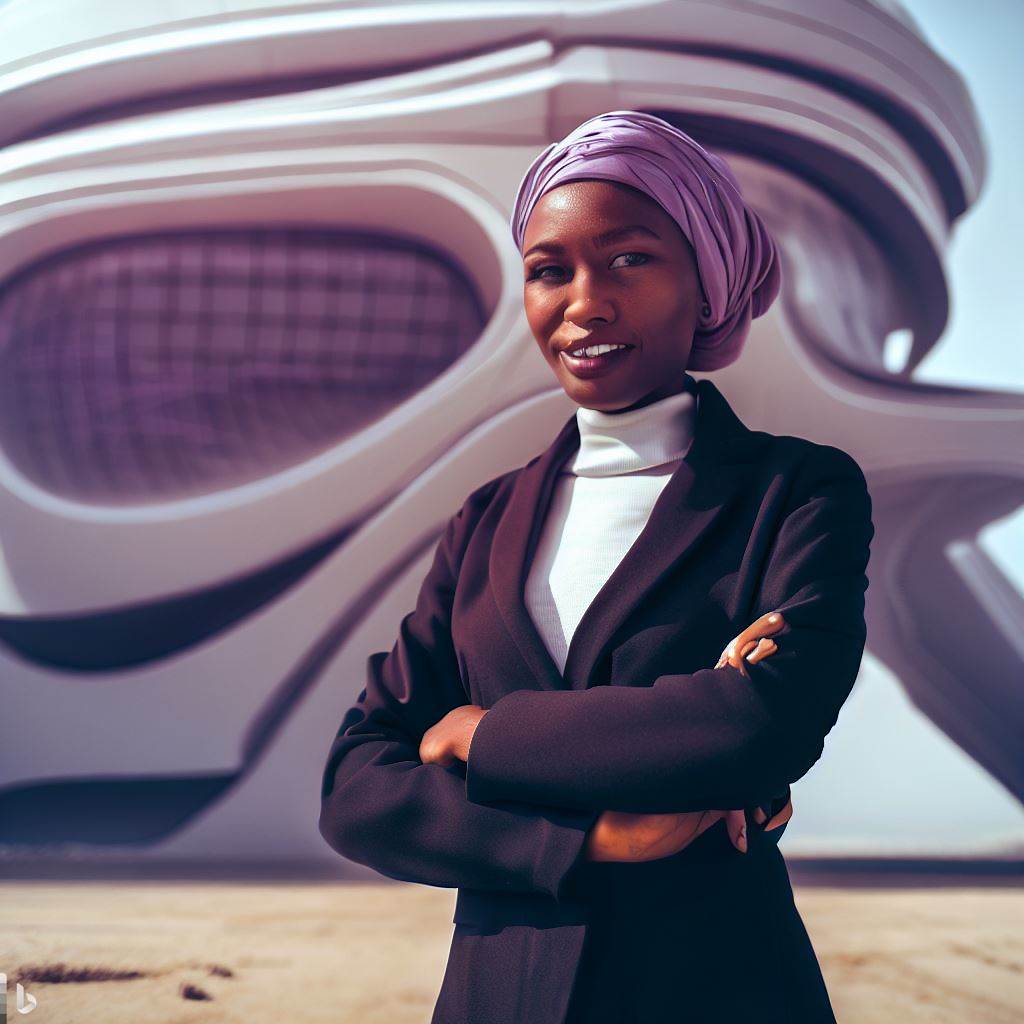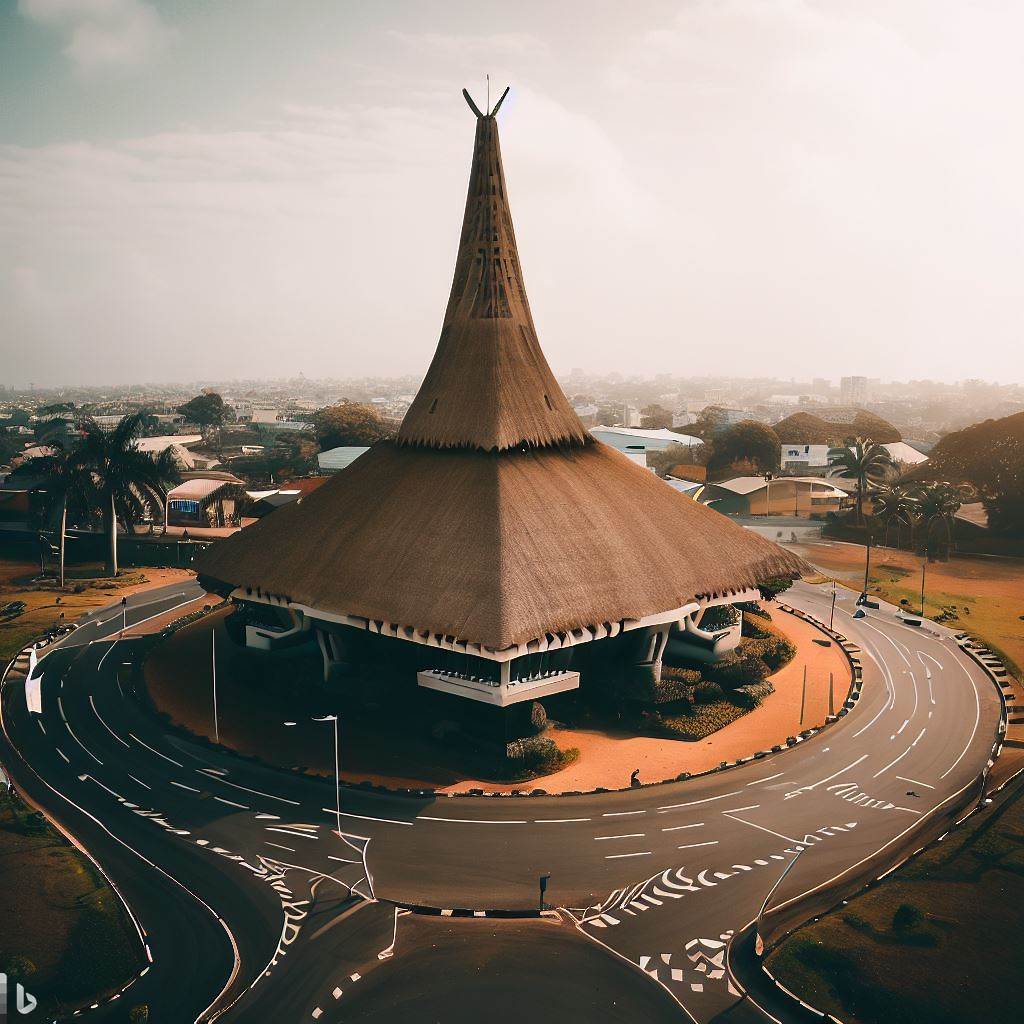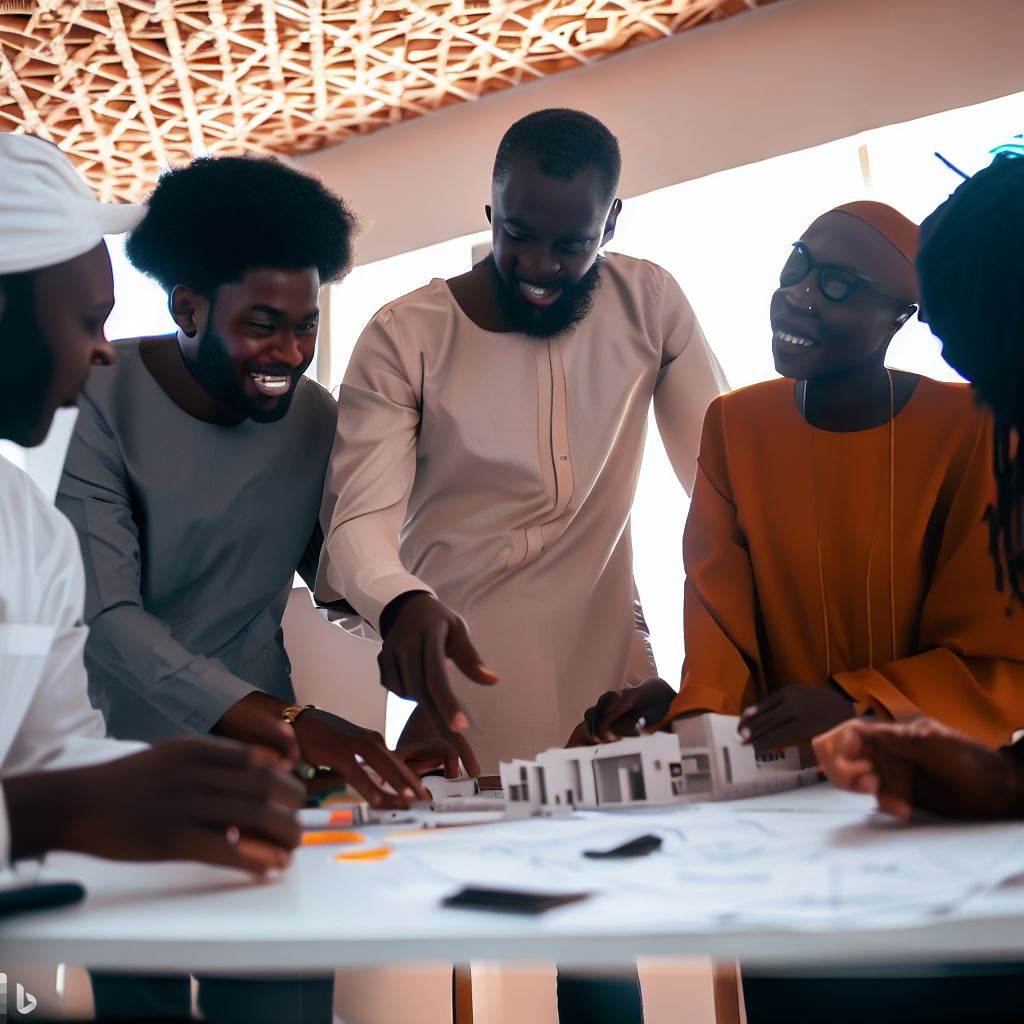Introduction
Innovation is the process of developing something new or improving existing products, services, or processes. In Nigeria, innovation is essential for growth and development.
With a rapidly growing population and a need for modern infrastructure, Nigeria must embrace innovation to meet the demands of its people.
One area where innovation is being explored is in futuristic architecture. Futuristic architecture is an innovative design that uses new technology, materials, and building techniques to create buildings that are both functional and aesthetically pleasing.
The importance of futuristic architecture in Nigeria cannot be overstated.
With an increase in urbanization, there is a need for more efficient and sustainable buildings. Innovative designs can help to address these challenges by maximizing energy efficiency, reducing waste, and improving comfort for residents.
Moreover, futuristic architecture can also contribute to the growth of Nigeria’s economy. As the country looks to attract foreign investment, innovative designs can showcase Nigeria’s potential and attract investors looking for something new and unique.
In essence, innovation is critical to the development of Nigeria, and futuristic architecture is just one example of the many ways that Nigeria can embrace innovation.
By exploring new designs and building techniques, Nigeria can create a sustainable and dynamic society that meets the needs of its people and attracts investment from around the world.
Read: Breaking into the Architecture Scene of Nigeria: A Guide
Current State of Architecture in Nigeria
The state of architecture in Nigeria has come a long way, but it’s still fraught with challenges that architects face on a daily basis.
Challenges Faced by Architects in Nigeria
- One of the biggest challenges is the lack of infrastructure to support innovative designs.
- Another issue is the lack of funding for large-scale projects, which limits creativity.
- Poor project management and a shortage of skilled construction workers also cause delays and incompletion.
- Bureaucracy and corruption are common hurdles for architects trying to work in Nigeria, adding to the cost of their projects and time.
Examples of Innovative Architecture in Nigeria
- In the face of these issues, Nigerian architects have still produced some outstanding work that is both innovative and beautiful.
- One example is the Nestoil Tower in Lagos, which is a 15-story tower with a distinctive curved glass facade that stands out in the skyline.
- The Nigerian Stock Exchange Building also boasts a unique design with a green roof and vertical garden, making it a landmark.
- The National Arts Theatre is a cultural icon that draws attention to the beauty of the country’s rich cultural heritage.
Comparison of Nigerian Architecture to Other Countries
- Nigerian architecture draws heavily on cultural references and traditional designs, blending them with modern elements.
- In contrast, Western architecture often prioritizes functionality and simplicity over cultural significances, resulting in cleaner lines and minimalism.
- Despite these differences, Nigerian architects have begun to embrace more modern designs and Western sensibilities in their work, creating a fusion that is unique and beautiful.
Overall, despite many obstacles that Nigerian architects face, they have produced some remarkable work that showcases Nigeria’s culture, heritage and history.
The future for Nigerian architecture is bright, and we can expect to see more innovative designs that push boundaries and challenge conventional thinking.
With continued support from the government and private investors, architecture in Nigeria has the potential to transform the country and capture the imagination of the world.
Read: The Financial Perspective: Architect Salaries in Nigeria
Futuristic Architecture in Nigeria
Futuristic architecture is a contemporary architectural style that emphasizes innovation and unconventional forms, materials, and techniques.
It is an approach that incorporates futuristic technology and design elements that reflect the changing face of the world we live in.
Examples of Futuristic Architecture in Nigeria
- The National Arts Theatre, located in Lagos, is a prime example of futuristic architecture in Nigeria. It was built in 1976 and features a distinct, iconic structure that has become a major landmark in the city.
- The Civic Centre in Victoria Island, Lagos, is another iconic building that exemplifies futuristic architecture. It is notable for its imposing radial structure and the state-of-the-art facilities it houses.
- The Nigerian Stock Exchange building in Abuja is a modern building that displays futuristic architectural elements. It features a unique design that is inspired by the traditional weaving patterns of northern Nigeria.
Advantages and Disadvantages of Futuristic Architecture
Advantages:
- Futuristic architecture provides an opportunity for architects to showcase their creativity and design skills.
- The use of unconventional materials and techniques can result in innovative and sustainable structures.
- Futuristic architecture can be used to create memorable landmarks that define a city or nation.
Disadvantages:
- The cost of constructing futuristic buildings can be prohibitive.
- The unconventional forms of futuristic buildings could pose a challenge for real estate developers looking to maximize floor space.
- The perceived lack of functionality of some futuristic structures could affect their overall usefulness.
Potential Impact on Nigerian Society
Futuristic architecture in Nigeria can transform its urban landscape, elevating its global image and attracting investment and tourism.
It creates vibrant and dynamic urban environments, improving the quality of life for Nigerians through sustainable and energy-efficient structures.
Embracing futuristic architecture inspires innovation and creativity, leading to greater economic growth and development in other sectors.
Despite potential challenges, the benefits of unique and iconic structures outweigh the costs in Nigeria.
Read: An Examination of Nigerian Architecture Education

Case Studies
Nigeria is a country that is experiencing rapid development, and this has led to a surge in innovation and creativity across all industries.
One industry that has recently witnessed significant growth is the architecture industry. In this blog post, we will highlight two case studies of innovative and futuristic architectural projects in Nigeria.
Case Study 1: The Maryland Mall
The Maryland Mall is a modern shopping complex located in the Maryland area of Lagos.
Design Union, an architectural firm, designed the Maryland Mall, which opened in August 2016. The mall spans four levels, covering 21,000 square meters.
A complex façade, built with lightweight aluminum panels, stands as a key feature. These panels are arranged geometrically for an avant-garde appearance.
Additionally, the interior boasts an open-space design, welcoming natural light throughout. This unique design has received positive feedback from shoppers.
The Maryland Mall reflects a modern and innovative design philosophy that has set a new standard for shopping complexes in Nigeria.
Read: Dissecting The Architect Registration Council of Nigeria
Case Study 2: The Eko Atlantic City
The Eko Atlantic City is a planned city being developed on Victoria Island, Lagos. The city will cover an area of 10 square kilometers and will be home to over 250,000 people.
The project is being developed by South Energyx Nigeria Limited and is expected to be completed in the next few years.
Buildings in Eko Atlantic City will have solar panels and rainwater harvesting. The city will integrate a smart system for real-time monitoring of infrastructure, traffic, and utilities.
The project sets a new standard for urban planning in Nigeria, emphasizing sustainable and innovative communities. Nigeria’s architecture industry experiences innovation and creativity.
Examples like Maryland Mall and Eko Atlantic City showcase avant-garde design focused on modern and sustainable communities.
Read: How Nigeria’s Politics Influence Architectural Designs
Conclusion
Innovation in Nigeria shines brightly in its evolving architectural landscape. Futuristic architecture promises exciting potential, converging technology with design.
Lagos’ skyline, once a blend of modest structures, now boasts architectural marvels. These designs echo global advancements while incorporating local flavor. They represent our creative spirit, our leap into a promising future.
Investment in these architectural ventures rewards investors, architects, and society. It fuels local economies, enhances our cities, and molds a modern Nigerian identity. The outcomes?
Job creation, improved infrastructure, and recognition on the international stage.
Nigeria needs more of these transformative projects. Architects, harness your creativity. Investors, capitalize on this untapped potential.
Together, let’s reshape Nigeria’s architectural narrative. Invest in our collective future. Boldly shape our cities, symbolizing Nigeria’s growth and aspiration.
Let’s write the next chapter of our country’s progression together, making Nigeria the beacon of innovative, futuristic architecture in Africa.



